Another magnificent structure from the Mughal era that still stands is the Rohtas fort, or Qila-e-Rohtas, as it is also known.
The fort was ordered to be built in 1541 by Sher Sha Suri after he defeated the Mughal emperor Humayun. Sher Sha Suri built the fort at the strategic location of Rohtas. The fort lies on the Grand Trunk Road between the mountainous region of Afghanistan and the plains of Punjab near modern day Jhelum.
One of the more impressive facts about this fort is that the fort was never taken by force (i.e. was never stormed) and survives intact till today. The fort has massive walls that run for more than 4 kilometers. These walls are the main fortification of the fort. The walls have multiple bastions and monumental gateways.
The Qila-e-Rohtas is a prime exponent of early Muslim military architecture coming out of Central and South Asia. This fort is nothing short of majestic and surpasses various citadels of that time in splendor and size. It is in fact the only architectural example from the time of Sher Sha Suri that has survived till date.
Rohtas over the centuries
The fort was envisioned by Sher Sha Suri after he had defeated Humayun at Chausa. There was a dual purpose to the fort:
- To curtail the hostilities from the locals called the Potohars
- To serve as a precaution against Humayun whose return was inevitable.
The fort was however taken by Humayun 10 years after the death of Sher Sha Suri without a fight. The conqueror was Tatar Khan Kasi.
The fort remained under the control of the Mughals till the time of Aurangazeb. Following that period the fort changed hands between the Durrani’s and the Sikh’s. During this time however, the fort did not serve its actual purpose and ended up with a village within its walls.
Inside the majestic fort
Because of the intended purpose of the building, there weren’t many structures that were built within the walls of the fort. Most of the area was used for the production of food for the garrison.
The few structures that were made within the walls included a Shahi Masjid situated near the Kabuli gate of the fort. The masjid is not very large and has a prayer hall and a small courtyard.
The fort also has its own water supply. The water supply came from structures called Baolis (stepped wells). There were three of these which were carved into the limestone bedrock.
Overall the Rohtas fort is an amazing construction and a magnificent place to visit and a must-visit location for all history buffs.

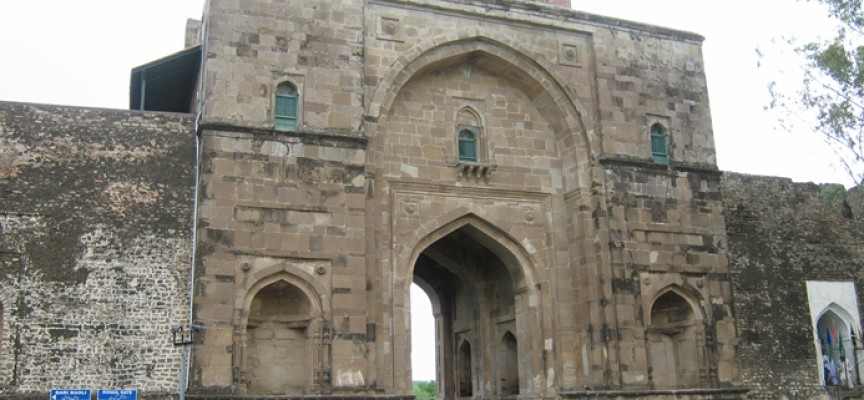
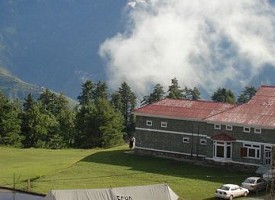
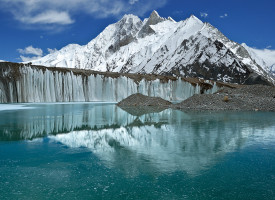
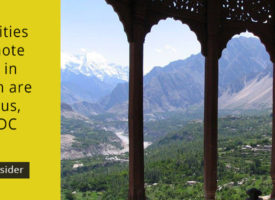
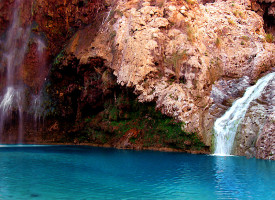

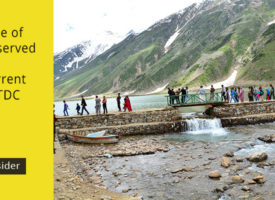
No comments!
There are no comments yet, but you can be first to comment this article.